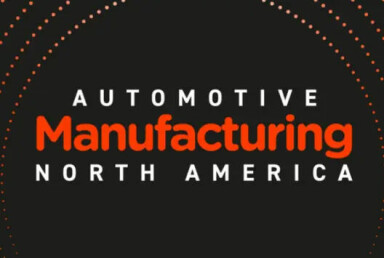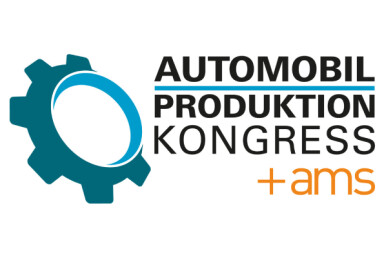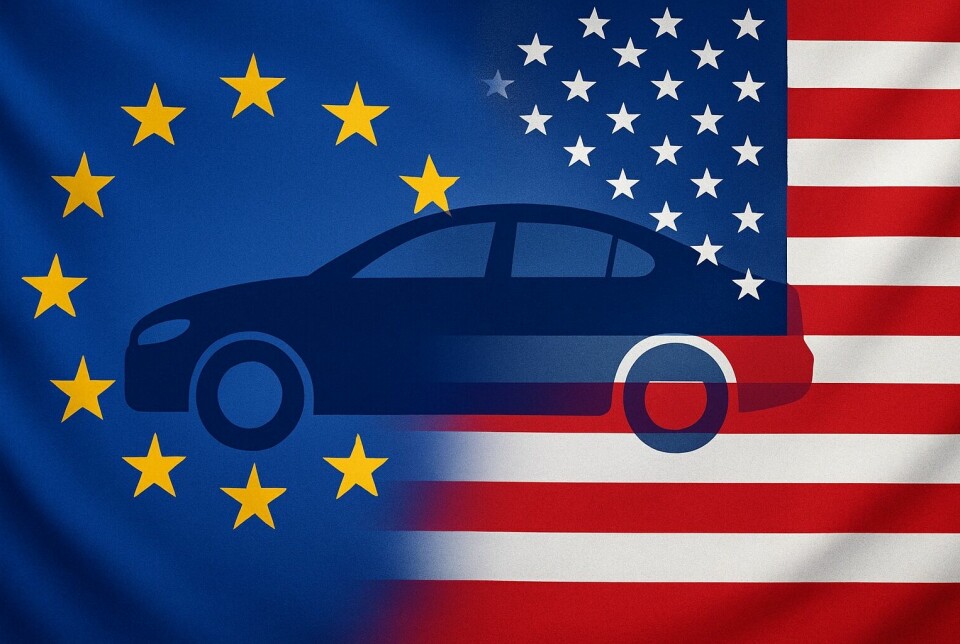
European vehicle makers navigate the challenging US tariffs
The European vehicle manufacturing sector faces a multitude of challenges including tariffs imposed by President Trump. OEMs are now reviewing their export strategies and manufacturing networks.
Keeping up with President Trump’s tariff policy has been a challenging task in recent months; at the time of writing, cars and components imported into the US face tariffs of 25% across the board, with some notable exceptions. US and Canadian vehicles and associated components can avoid the tariffs, or some of them, if they can demonstrate compliance with the provisions of the USMCA trade agreement signed between the three countries under the first Trump administration. However, many of the vehicles made in Canada and Mexico (including many made by the Japanese, Korean and European vehicle companies) do not comply with these provisions and so tariffs are applied. Toyota, Honda and Hyundai especially have responded to the new tariff regime by transferring or planning to transfer some production into their US plants to avoid tariffs on imported vehicles, although tariffs on components will in many cases remain.
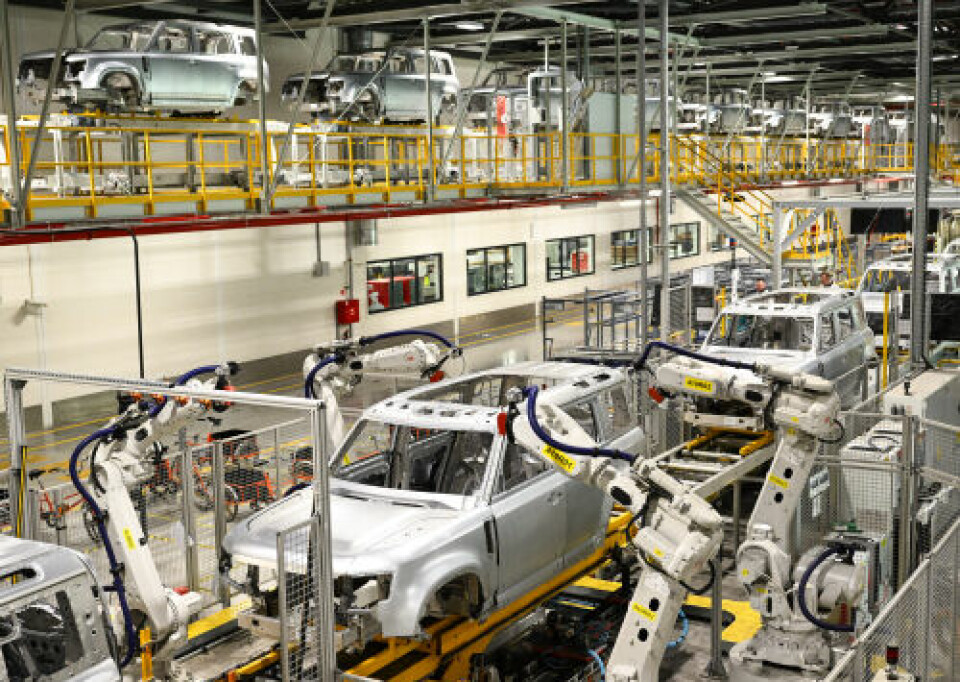
US trade deal: Advantage UK?
The Europeans face a complex challenge here. For some, notably Jaguar Land Rover or the other low volume premium marques made in the UK, transferring production to the US would be neither easy, quick and most likely uneconomic. For UK companies, therefore, the carve-out agreement between the US and the UK governments which gives the UK a 10% tariff on the first100,000 vehicles per year sent to the US could be seen as an unexpected win, a Brexit bonus for some perhaps? It is implausible that the UK would have been able to benefit from the 10% tariff rate were it still in the EU. It worth noting, however, that while the UK has what might be only a temporary advantage over Europe and the rest of the world, through its 10% tariff, while other countries face the higher 25% level, the 10% tariff is still four times higher than the 2.5% tariff which vehicle companies paid at the start of the year and had been paying for many years previously.
For the continental European vehicle manufacturers, the choice is between moving some production to the US where facilities and footprints allow and either rising prices for exported vehicles or possibly dropping some models from sale into the US market.
Coincidentally the UK exported a little over 100,000 vehicles to the US last year so this was a convenient number for the two governments to settle on, being ever positive (possibly naively so), the UK government hopes to increase the 100,000 unit allowance, although given the incumbent president’s habit of making unexpected policy reversals, simply holding on to the quota should perhaps be the first task. At the moment it is not known how the 100,000 units will be divided between UK car companies, although presumably something along the lines of the last year’s approximate percentage splits between exporters would be a good place start. That said, Toyota might feel aggrieved with such an arrangement as that could mean no reduced tariff rate for the 10,000 units of the Corolla GR high performance model, which are due to made from next year in the UK for export to the US. Negotiations behind the scenes are presumably under way right now.
No easy choices as costs increase
For the continental European vehicle manufacturers, the choice is between moving some production to the US where facilities and footprints allow and either rising prices for exported vehicles or possibly dropping some models from sale into the US market.
Already two vehicle companies, Volvo and Mercedes, have announced plans to move some production from Europe to the US. Audi is also considering doing something along these lines and BMW may be considering this too but has not revealed plans. Stellantis is understood to reviewing the future of two brands, Alfa and Maserati, which form the bulk of the group’s exports to the US.
Reports suggest that BMW is also considering further investment in its US factory (already the largest BMW factory worldwide) but which models it might add there remains to be seen.
Moving manufacturing and managing utilisation
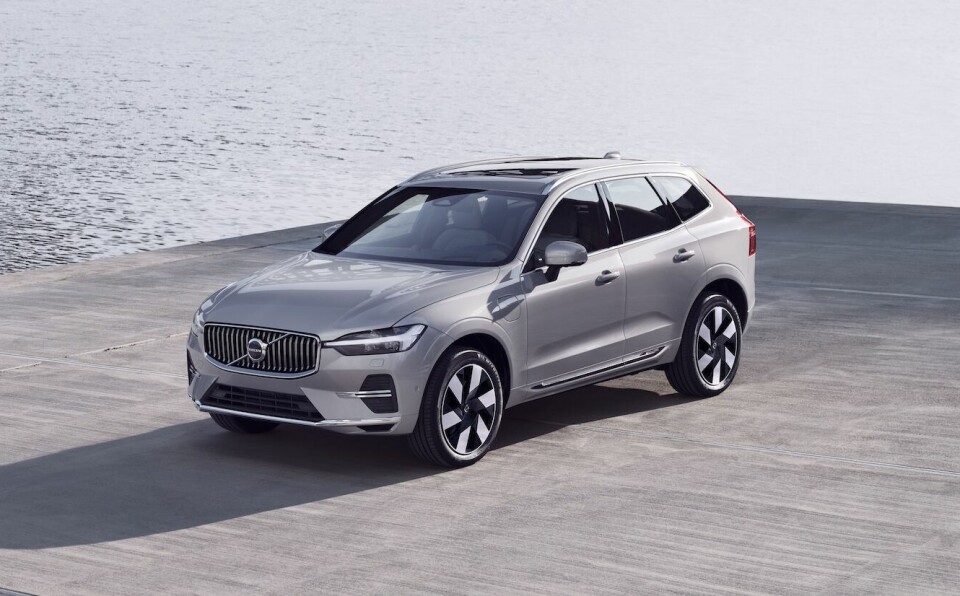
Volvo is adding XC60 PHEV production to its US factory for two reasons; one because, as the brand’s highest volume imported model in the US it gives Volvo the biggest single potential source for reducing some of the tariff burden. Second, Volvo’s US plant been operating at less than 20% utilisation owing to poor sales of the now ended S60 sedan and recently launched EX90 electric SUV. Although Volvo USA is now also making the Polestar 3, volumes here are insufficient to fully use the factory’s capacity. Hence the practical decision to move the XC60 to the US. This, of course, takes volume out of Volvo’s European production footprint reducing utilisation there. And while boosting US vehicle production will undoubtedly help on one level, Volvo will still have to pay tariffs on imported components, so it cannot entirely avoid tariffs.
In addition, Mercedes will replace GLC imports from Germany – which accounted for c64,000 of total Mercedes imports into the US last year of c202,000 – with US production at Tuscaloosa, Alabama. However, this will not be effective until 2027, so tariffs will continue to have to be paid on this model for two years before US production can actually start. Whereas at Volvo any models transferred from Europe will be accommodated within the factory’s existing capacity, Mercedes will raise capacity to close to 400,000 units per year in Tuscaloosa to enable the GLC to be made there. Adding production of the GLC to Tuscaloosa’s line-up would in turn hit volumes and utilisation at Mercedes’ in Bremen where most GLCs are currently made.
It is also worth noting that both VW and BMW have also claimed they are negotiating directly with the US government over tariffs.
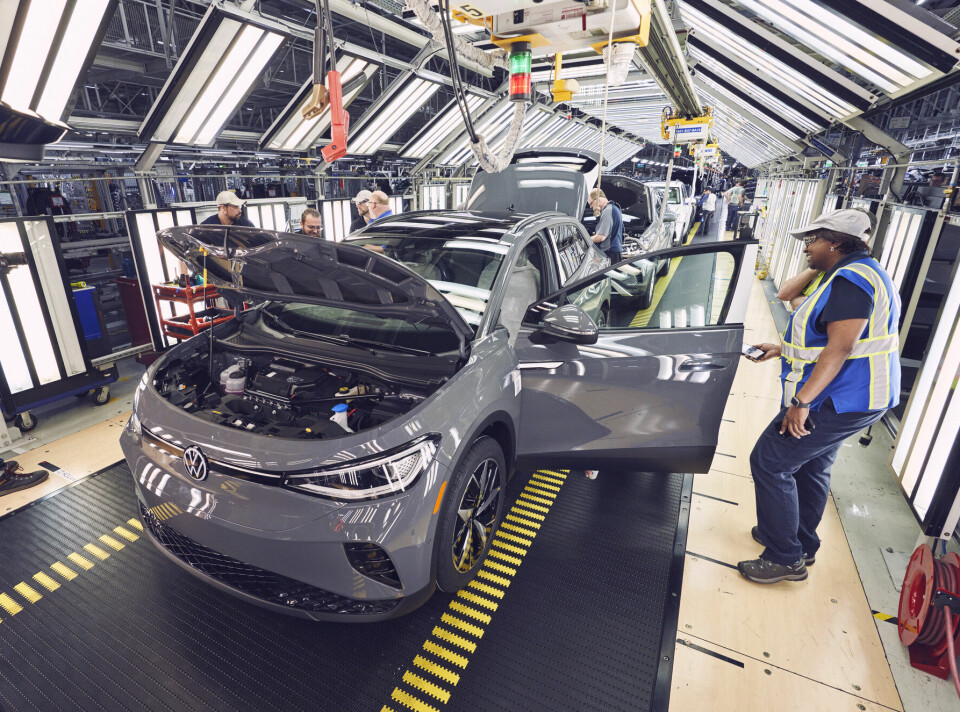
Meanwhile, reports suggest that BMW is also considering further investment in its US factory (already the largest BMW factory worldwide) but which models it might add there remains to be seen. Although no definite timeline for this possible investment is available at present, reports suggest this could add 80,000 units capacity taking the factory’s production potential to over 500,000 units a year. In addition, Audi may switch production for US demand for Q4 (which totalled just under 12,000) to US to boost utilisation in Volkswagen’s Tennessee factory. The Q4 shares many components with the ID4, which would make moving some Q4 production to the US easier than might be the case for other vehicles. Also, the ID4 is ranked no.10 for US content across the industry so this is another significant help in reducing or even avoiding potential tariffs on imported Q4 components.
Taking a direct route to tariff negotiations
It is also worth noting that both VW and BMW have also claimed they are negotiating directly with the US government over tariffs, highlighting their significant investment in the US in manufacturing. Whether this will enable either or both companies, and indeed others, to achieve exemptions from US tariffs is open to debate.
Outside the German vehicle companies and Volvo, there are no substantive signs of production switching from Europe to the US. Neither Renault nor Nissan exports to the US from Europe, while Stellantis has a modest level of exports from Europe to the US and these volumes are unlikely to justify US production. US imports of Maserati and other Alfa models total less than 50,000 per year so switching production would also be unviable. More worryingly for these brands, their low global volumes have led Stellantis to ask McKinsey to advise on their long-term future, with the possibility they could be divested.

